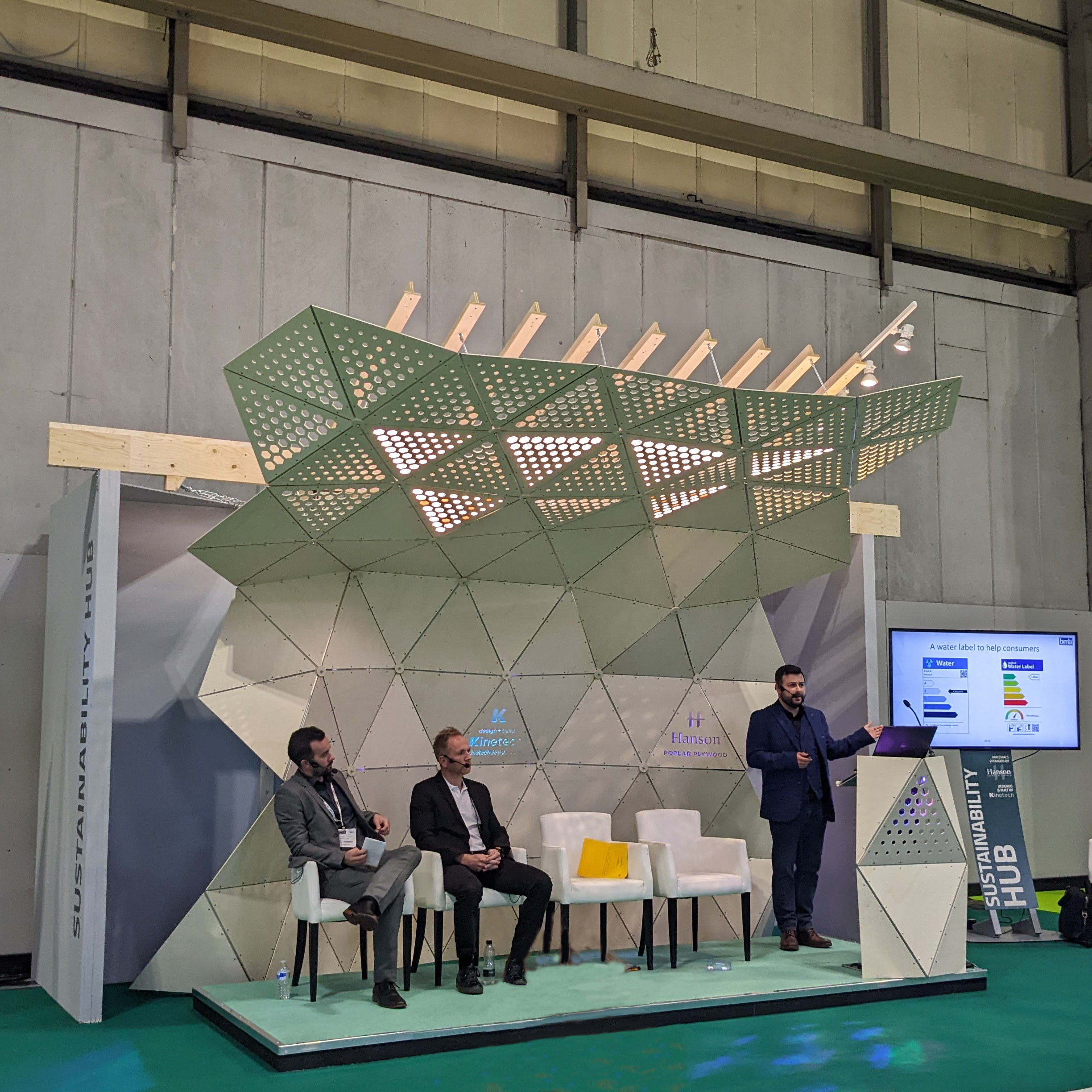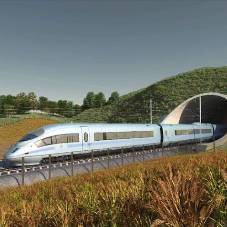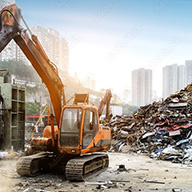Why Wood Is So Great
Wood is a versatile and beautiful building material. It can be carved, sliced, planed, nailed, glued, bent, curved, twined and layered. It comes in a wide range of naturally occurring colours and each piece of wood is unique due to the grain, providing a whole new facet of design options. It is very strong relative to its weight, available almost everywhere and it is renewable.
In fact it is probably the only truly renewable building material there is. Bricks, concrete and ceramics all rely on mining, industrial processing and require huge amounts of energy to grind, mix and transport. Wood on the other hand absorbs CO2 during its growth and locks it away for the whole of its life. It requires little processing relative to other building materials and has naturally good insulating properties.
The Hardwood Conundrum
The most sought after wood has traditionally been tropical hardwood due to the beauty of the grain and its incredible strength. This has lead to uncontrolled and excessive logging in some of the most important habitats across the tropics causing widespread deforestation and erosion. Despite attempts to regulate the hardwood trade it has been virtually impossible to provide assurance that the materials imported to Europe have not been illegally logged. As a result it’s hard to justify using hardwoods if you have any environmental standards or targets to meet in your build project.
The Solution
Wood treatment processes have been around for years. They take fast growing softwoods and by pressure and chemical treatment make it harder and more durable. There are lots of different treatments, some produce better results than others and they vary greatly in the harshness of chemicals used and the amount of waste produced. There have been concerns that some treatment processes may leave or create dangerous chemical residues in the wood.
Non-Toxic Treatment By Accoya®
Accoya® have developed the acetylation treatment process in which industrial strength vinegar (acetic anhydride) is used to change the chemical structure of the wood. No chemicals are inserted or added to the wood, instead reactive chemical structures are altered to reduce the woods water absorption and digestibility. This makes the wood much more durable and dimensionally stable. Both the treatment process and the resulting wood are free from any harsh or polluting chemicals. In addition to the durable wood the process only produces small amounts of fertiliser and some biodegradable acetic acid.
European Expansion
Accoya® are now proactively expanding their distribution network across Europe. This should make this environmentally sound construction material much easier to get hold of for projects which are based on mainland Europe. There have been notable successes in Holland where Accoya® wood has been used in some really exciting building and art projects. The material has also been awarded several prestigious Dutch awards.
Accoya® have now set their sights on the Spanish market (http://www.accoya.com/accoya-pure-performance-espanol/) which has traditionally relied upon concrete. Accoya® hope to provide Spanish builders and designers with a material that can withstand harsh environmental conditions and provide some design inspiration for public as well as domestic buildings and spaces.
Accoya®’s Environmental Credentials
The raw material is sustainably grown Radiata Pine from known provenance, certified, renewable suppliers. The process Accoya® use is non-toxic. The carbon footprint of Accoya® Wood is better than hardwoods, metal, plastic, concrete and Aluminium. Accoya® commission Camco to benchmark Accoya® wood’s carbon footprint and continually work to improve their factory efficiency, reduce by-products and energy usage.
As a result of all this hard work Accoya® have received the following environmental awards and certifications;
• FSC Certified
• PEFC Certified
• Green Label of The Singapore Environmental Council
• Cradle to Cradle SM Gold Certification
• Member of the Future Build Sustainably Portal
• Winner of the IWPA’s Innovative Excellence Award
• DUBOkeur® Certification Holder
• Award winner for Sustainable Production Technology (awarded by the Dutch Government)
Related Blog Articles












![Communicating with specifiers & developing a personalised persona [EVENT] Communicating with specifiers & developing a personalised persona [EVENT]](/20/blogentry/00/04/48/th382.png)